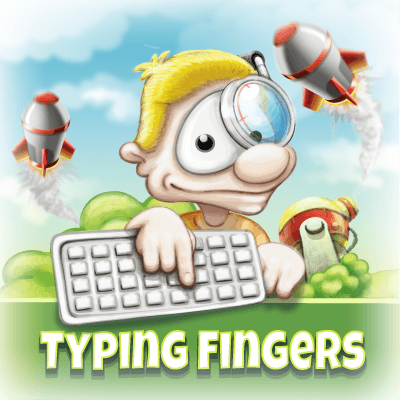Mastering Touch Typing: The Crucial Role of Proper Seating and Finger Technique
Ergonomics in Typing
The way you sit can significantly affect your typing performance. An ergonomic setup with a chair and desk tailored to your body type not only enhances comfort but also boosts typing efficiency.
Adjustable Chairs and Desks
Adjustable furniture is key in creating an ergonomic typing environment. It ensures that your body is aligned correctly, reducing the strain on your back, neck, and shoulders.
Posture and Health
Maintaining a good posture while typing is crucial for long-term health. It helps in preventing musculoskeletal disorders commonly associated with poor typing habits.
Placement
Proper finger placement on a keyboard is foundational in touch typing. Each finger is responsible for specific keys, which maximizes typing speed and accuracy.
Speed and Accuracy
Correct finger technique is instrumental in achieving high typing speed and accuracy. It enables you to type more efficiently without constantly looking at the keyboard.
Reducing Fatigue
Adopting the right finger movements can significantly reduce hand and finger fatigue, especially during prolonged typing sessions.
Integrating ergonomic seating with proper finger technique creates an optimal typing environment. Consistent practice is key to developing muscle memory and mastering these skills.
Tools and Software
Various tools and software, including those available on our website, can aid in learning and improving touch typing skills.
Professional Efficiency
Efficient typing skills are invaluable in the professional world, enhancing productivity and reducing the risk of typing-related injuries.
Educational Benefits
These skills are equally important in educational settings, helping students and educators alike in managing digital workloads effectively.
Long-Term Health Benefits
Embracing correct typing techniques from an early stage can lead to significant long-term health benefits, especially in our increasingly digital world.
Conclusion
Correct seating and finger technique are fundamental to efficient and healthy touch typing. We encourage our readers to continually practice and refine these skills, and to explore the various resources and tools available on our website.
Discover more about our typing courses and educational materials by exploring www.typing-fingers.com.


